Sea snakes are an incredibly specialized group of reptiles, which are perfectly adapted to ocean life, and few of them ever come ashore. There are a number of interesting adaptations and traits unique to these snakes. Read on to learn about the sea snake.
Description of the Sea Snake
With 69 recognized species, sea snakes come in a diverse range of colors and sizes. Most species are between 4 and 5 feet long, and many have distinct ring patterns. Like most snakes, they are long and thin, but these particular snakes have a unique flattened tail to aid in swimming.
Interesting Facts About the Sea Snake
Sea snakes are one of the few reptiles to live in a fully marine habitat. They are specially adapted to survive in saltwater, and have a number of traits to help them live a seagoing life. Overall, this type of snake is a diverse and interesting group of animals.
- A Little Family All Their Own – Sea snakes are so unique in their lifestyle and traits that they are considered an entirely separate subfamily from other snakes, called “Hydrophiinae.” This snake’s closest relatives are cobras.
- Eel-Like, But Not a Fish – Sea snakes have lungs, and thus have to breathe air. They must swim to the ocean’s surface to breathe. Research has suggested that the snakes can absorb oxygen through their skin, but likely not enough for survival without air.
- Ovoviviparous – The vast majority of sea snakes are ovoviviparous, meaning they give birth to fully formed offspring rather than eggs. The young develop in eggs within the mother’s body until they are fully formed and hatch, then the mother gives birth to live young. The genus Laticauda is the only group of these snakes that lays eggs.
- Sea Snake Venom – All sea snakes are venomous. They are not the most venomous snake species in the world, but their venom is more potent than king cobra venom. Its venom is made up of chemicals similar to the cobras’, but in higher concentrations.
Habitat of the Sea Snake
Sea snakes generally remain in warm, tropical seas. Some species prefer habitats with coral reef systems, though most live and feed in shallow waters, relatively close to landmasses or islands. These snakes also seem to prefer protected coves or estuaries.
Distribution of the Sea Snake
The sea snake can be found mostly in the Indian and Western Pacific Oceans. A single species, the yellow-bellied sea snake, has a very wide range, and can be found anywhere from the east coast of Africa, to the west coast of the United States.
Diet of the Sea Snake
Most sea snake species feed primarily on fish, though eels and crustaceans can also fall prey to this animal. Some species of sea snakes have very specialized diets, including fish eggs or specific species of fish.
Sea Snake and Human Interaction
Despite relatively potent venom, sea snakes are generally mild-tempered, and only 3% of these bites are fatal. Of the 69 species, only a few are considered to be aggressive.
Domestication
Sea snakes are not domesticated in any way.
Does the Sea Snake Make a Good Pet
As a venomous animal, the sea snake would not make a good pet. While some species have been kept in aquariums, there is a level of danger in keeping any venomous animal.
Sea Snake Care
Sea snake care depends heavily on the species. Snakes that feed on more generalized prey would be easier to care for, while animals with specialized diets may be nearly impossible to provide food for.
Behavior of the Sea Snake
These snakes are generally solitary, but some species have been known to congregate in large numbers. One sighting reported millions of Stokes’ sea snakes congregating off the coast of Malaysia.
Reproduction of the Sea Snake
It is believed that large accumulations of sea snakes may congregate for breeding purposes. These groupings have, however, only been seen in some species. After breeding, the vast majority of these water snakes give birth to fully formed young, with only five species laying eggs on land.

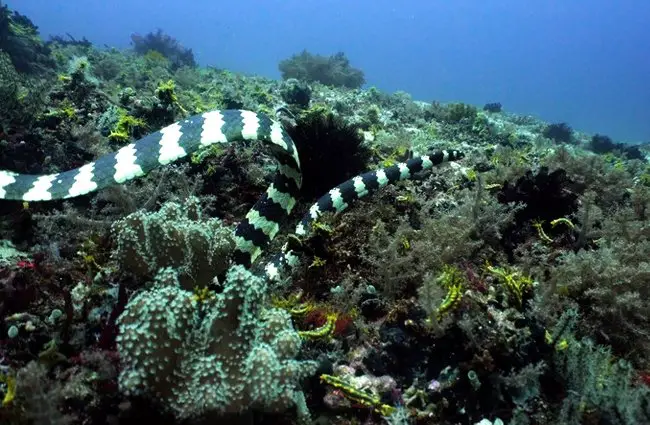
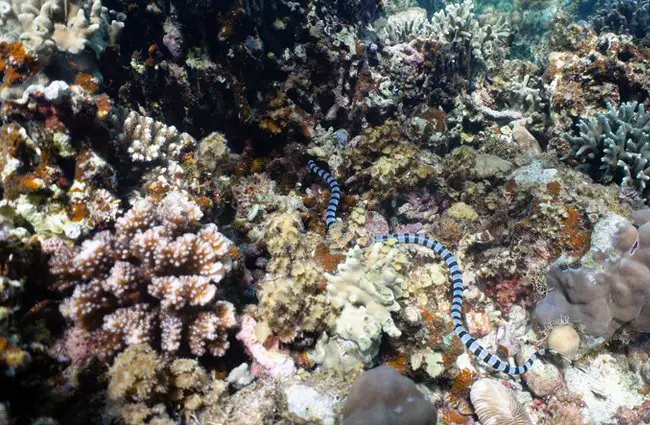

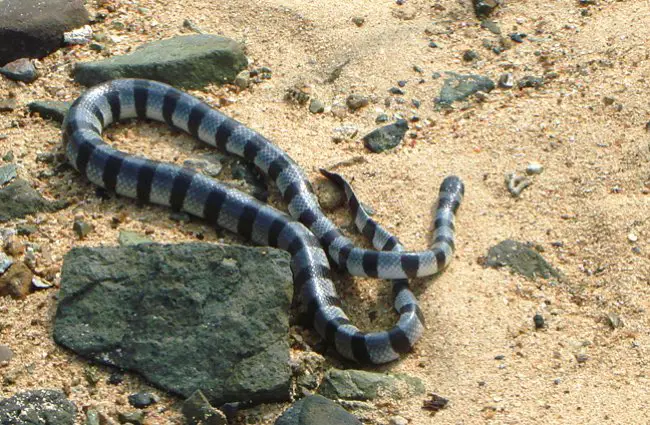
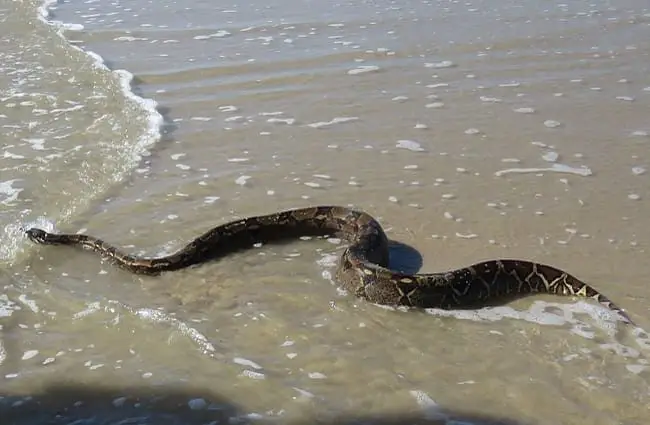
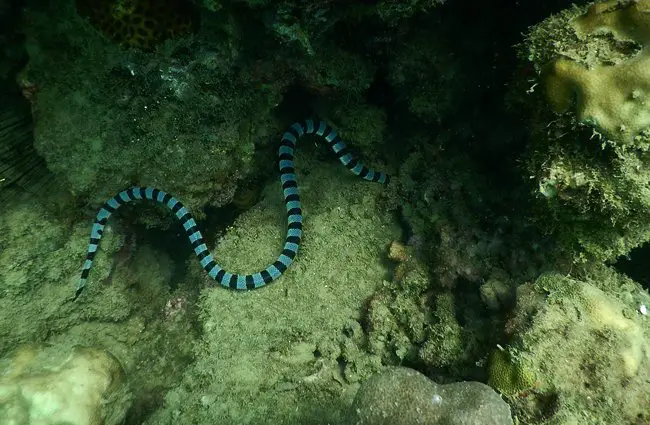
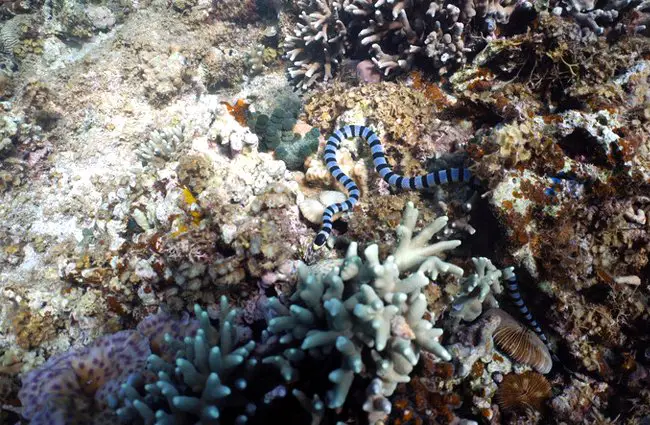
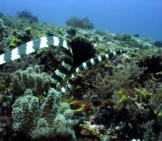
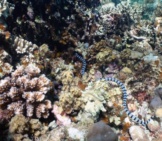
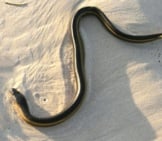
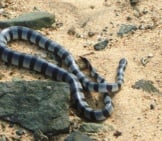
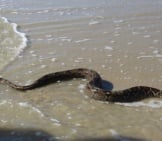

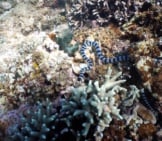
![Red Angus Closeup of a beautiful Red Angus cowPhoto by: U.S. Department of Agriculture [pubic domain]https://creativecommons.org/licenses/by/2.0/](https://animals.net/wp-content/uploads/2020/03/Red-Angus-4-238x178.jpg)












![Red Angus Closeup of a beautiful Red Angus cowPhoto by: U.S. Department of Agriculture [pubic domain]https://creativecommons.org/licenses/by/2.0/](https://animals.net/wp-content/uploads/2020/03/Red-Angus-4-100x75.jpg)

